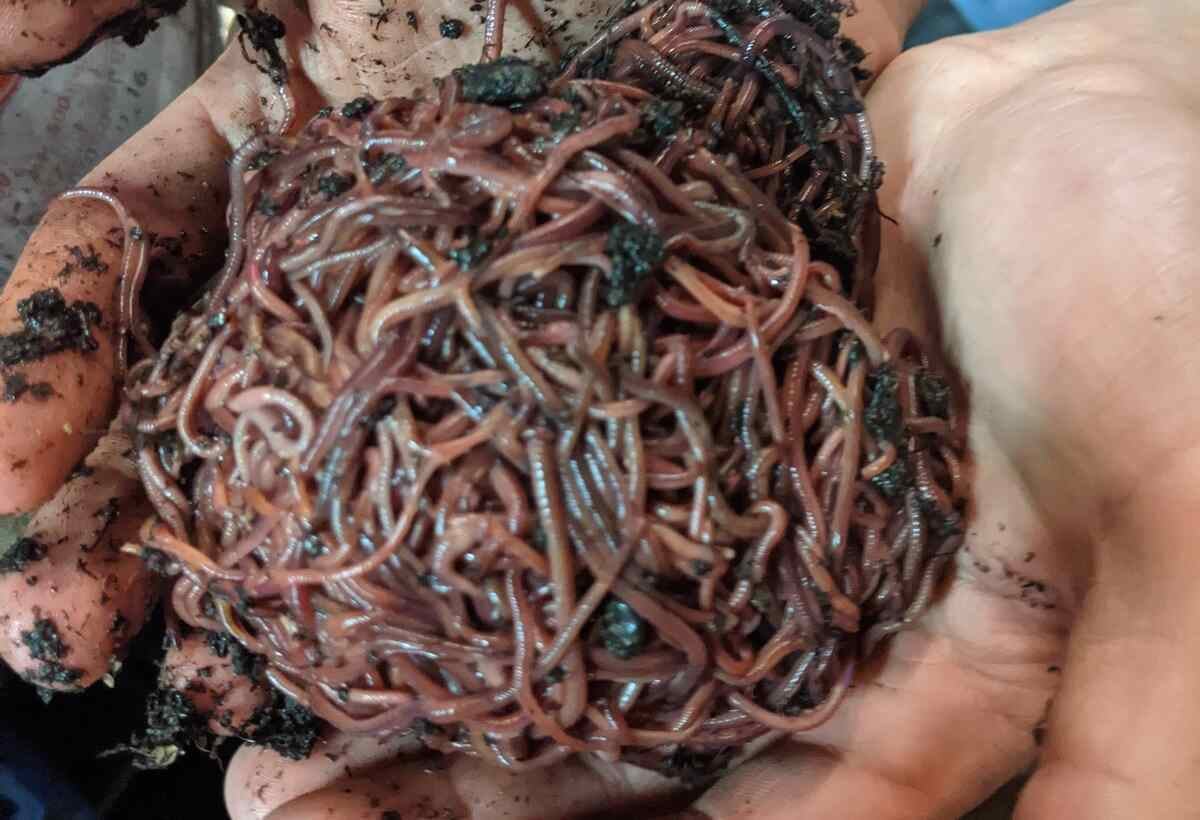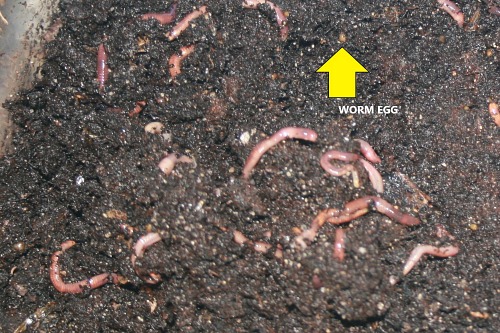Lake Hickory Bait: Your One-Stop Shop for Top-Quality Fishing Gear
Red Wigglers 101: Whatever You Need to Know for Thriving Gardens
Red wigglers, or Eisenia fetida, play a critical role in sustainable horticulture practices, acting as effective decomposers that transform natural waste right into important vermicompost. Comprehending their environment, dietary preferences, and the myriad benefits they provide can transform your horticulture approach (Red Wiggler Express). As these worms grow in particular conditions, their treatment and management are crucial for optimizing their contributions to soil wellness. The inquiry continues to be: what actions can you require to harness the full possibility of these amazing microorganisms in your own yard?
Understanding Red Wigglers

Red wigglers flourish in settings rich in organic material and wetness. Red Wiggler Express. They have a distinct gastrointestinal system that enables them to process food scraps rapidly, secreting castings that are loaded with necessary nutrients such as nitrogen, phosphorus, and potassium. These castings improve soil framework, enhance water retention, and foster valuable microbial activity, all of which add to robust plant health and wellness
In addition, red wigglers can survive in diverse problems, making them adaptable to different gardening techniques, including interior and outside composting systems. Their capability to consume large quantities of organic waste everyday placements them as valuable allies for both home garden enthusiasts and industrial farmers. By including red wigglers right into horticulture efforts, one can significantly boost dirt fertility and assistance sustainable horticulture techniques.
Perfect Habitat for Red Wigglers
Developing an optimal atmosphere for red wigglers is crucial for optimizing their composting abilities and general wellness. Red wigglers grow in moist, dark, and well-aerated environments, which closely resemble their native environments in ground cover and decaying natural matter. A suitable environment must give a temperature array in between 55 ° F and 77 ° F(13 ° C to 25 ° C), as severe temperature levels can worry or hurt the worms.
The bedding product, such as shredded newspaper, cardboard, or coconut coir, ought to be kept wet yet not overly wet, as excessive moisture can cause anaerobic conditions damaging to worm health. Furthermore, a pH level between 6.0 and 7.5 is ideal, making certain a balanced atmosphere.
Proper oygenation is similarly essential; it permits oxygen circulation and protects against the accumulation of damaging gases. A container or bin made for vermicomposting ought to have drain openings to eliminate excess moisture and promote air flow. Normal monitoring of these conditions is necessary for maintaining a thriving red wiggler populace, inevitably enhancing their efficiency in damaging down organic waste and enhancing garden soil.
Dietary Demands and Preferences

Red wigglers show certain preferences; they are particularly warm of softer, decaying products over more difficult or more fibrous substances. It is vital to avoid feeding them citrus peels, onion, and garlic in big amounts, as these can be hazardous. In addition, meat, milk, and oily foods must be excluded, as they can attract insects and develop unpleasant odors.
(Hickory NC Worms For Sale)Environment-friendly products, such as vegetable scraps, offer nitrogen, while brown products, like cardboard and dried fallen leaves, supply carbon. By providing to their dietary demands, gardeners can cultivate a flourishing population of red wigglers in their garden compost systems.
Advantages of Utilizing Red Wigglers
The amazing advantages of using red wigglers in gardening extend much beyond their role in composting. These functional microorganisms contribute dramatically to soil health and wellness, enhancing vitamins and mineral availability and promoting microbial task. By freshening the dirt as they burrow, red wigglers boost drain and origin infiltration, creating an optimum atmosphere for plant growth.
Additionally, red wigglers are effective recyclers of natural waste, transforming it into nutrient-rich castings that work as an exceptional all-natural plant food. These castings include beneficial microbes and essential nutrients, such as nitrogen, phosphorus, and potassium, which are important for plant advancement. The slow launch of nutrients from worm spreadings makes certain a steady supply, reducing the danger of nutrient leaching and advertising lasting gardening practices.
Utilizing red wigglers cultivates a much more lasting horticulture method by reducing reliance on chemical plant foods and advertising a closed-loop system, where waste is transformed into important sources. Generally, integrating red wigglers into horticulture techniques provides a plethora of ecological and agricultural benefits.
(Red Wiggler Express)
Composting With Red Wigglers

To launch an effective vermicomposting system, select a suitable container with correct air flow and drain. The ideal atmosphere for red wigglers includes a damp, dark setup with temperatures between 55 ° F and 77 ° F. Begin by layering shredded paper, cardboard, and food scraps, making certain a well balanced mix of carbon and nitrogen-rich products.
Red wigglers thrive on veggie peels, fruit scraps, coffee grounds, and eggshells, while preventing meat, dairy, and oily foods that can attract pests. Routinely keep an eye on dampness levels; the bed linens needs to perspire but not soggy. Harvest worm spreadings every couple of months by separating the worms from the garden compost, which can after that be made use of directly in yards or stored for later usage.
Executing vermicomposting not only decreases landfill waste however additionally enriches garden soil, advertising healthy and balanced plant growth and sustainable horticulture practices. Embrace this eco-friendly method to enhance your gardening undertakings.
Verdict
In summary, red wigglers are vital organisms for improving garden productivity with reliable composting. Their details habitat requirements, nutritional choices, and significant advantages contribute to lasting horticulture practices. By using red wigglers, garden enthusiasts can dramatically boost dirt top quality and nutrient schedule, fostering healthier plant growth. Embracing the technique of vermicomposting not only supports waste reduction but additionally advertises an eco-friendly balance within garden ecosystems, ultimately bring about flourishing and durable gardens.